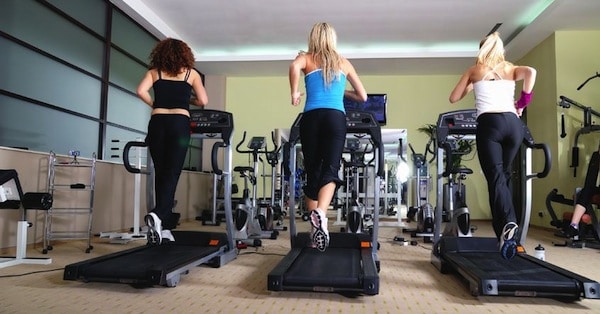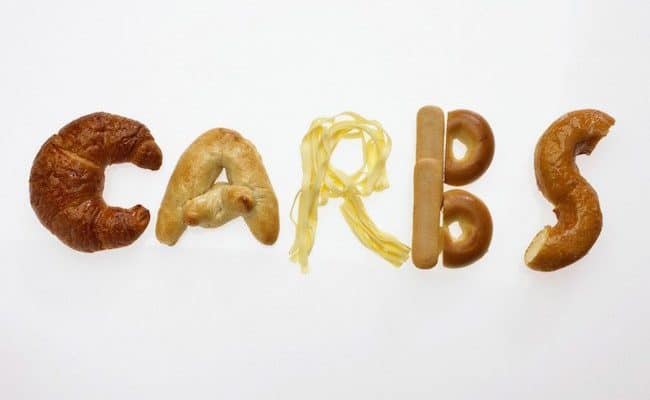
I love efficiency. Getting the most done in an optimum amount of time is important to me as well as to you. So I understand your motivation when you ask, how can I burn the most calories in 20 minutes. But lets take that to the next level. We shouldn’t just wonder about calories but actually about how the least amount of exercise gets us the best health results.
Now we are talking. Aren’t we?
Almost none of us has a lot of time to spare on non-effective training. We can wander the streets of our neighborhood all day, maybe even looking kind of sportive with some Nordic walking poles in our hand. However, if we don’t really challenge our body systems no training benefits will occur.
Don’t get me wrong. Any kind of activity is great and better than doing nothing.
However, if we want to improve and really push health forward we have to get out of our comfort zone just for a little bit, recent research confirms.
The Past: Moderate-intensity exercise
In general Health Associations recommend at least 30-minutes of moderate-intensity exercise five times a week for good health. A moderate exercise routine would be a run for instance where you would be able to maintain a conversation with your run buddy. So nothing too strenuous. Your heart rate would be elevated but you would not gasp for air or break into a nasty sweat.
With moderate exercise aerobic processes generate most of the energy, meaning you breathe in sufficient air to support your turbines. Theoretically you could maintain that pace for a very long time.
However, studies now suggest that changing that routine to short high-intensive bursts with some recovery time in between, are more beneficial to improve ones health and fitness. Which means, going all out but in less time brings greater training success. Boom-ya! Efficiency here we come.
Of course there is a name for that kind of exercise. If you are a “P90X” DVD graduate or enjoy a boot camp class once in a while, you have done it. It’s called HIIT exercise and it’s not really a new invention.
The Now: High Intensity Interval Training (HIIT)
HIIT involves up to 60 seconds of strenuous exercise followed by a recovery episode. The intensity is tailored to your the physical makeup and health history. This approach can reduces the total workout time to about 20 minutes. Everyone has 20 minutes a day, right?
However, the all out mode of HIIT exercise means that some of the energy needed has to be provided by anaerobic pathways, which is kind of uncomfortable to your body. But that little burst seems to prompt the creation of far more cellular proteins involved in energy production and oxygen and improves blood sugar regulation throughout the following day.
Let me say that again. You are not only burning more body fat in less time. But pushing your body to its limits for brief periods is more effective on all bodily levels than continuous moderate activities. With doing HIIT exercise you increase your body’s ability to use oxygen and insulin and get more elastic arteries. Some studies even suggest that intense exercise can alter your fat loss DNA to the better.
And these findings go for everyone including people with chronic disease. Sorry folks, diabetes is no excuse for not taking on HIIT.
Various activities can be adapted to interval training, indoors like outdoors. No matter what sport you pick they all increase cardiovascular fitness, muscle strength and decrease stress levels. So pick a regime that seems like the most fun to you. In combination with interval training you will burn the most calories in 20 minutes regardless.
The following numbers are an estimate for a person of 145 pounds of weight. Numbers vary in regards to your personal make up. HIIT is not limited to the following routines:
Cycling
Calorie burning effects in 20 minutes: about 220 calories
Muscles working: mostly quadriceps and hamstring in the upper leg, gluteus and calf
Swimming
Calorie burning effects in 20 minutes: about 190 calories
Muscles working: Front crawl arms and shoulders
Breaststroke chest and thighs
Running
Calorie burning effects in 20 minutes: about 200 calories
Muscles working: Front thighs, gluteus, hip flexors, stomach muscles, and calves
Cross Country Skiing
Calorie burning effects in 20 minutes: about 180 calories
Muscles working: Cross-country skiing combines both lower an upper body workout
Rowing
Calorie burning effects in 20 minutes: 150 calories
Muscles working: Rowing provides a decent upper-body workout
Important note: Talk to and get cleared by a medical professional whenever you start a new exercise program – especially when you’ve had a medical condition in the past.
For a HIIT freshman is can be hard to determine what “all out” means and feels like. Joining a group with an experienced trainer is not only a smart way to start but also fun and motivating. It could spark the competitive athlete within you.











Chand Rai says
Excellent information & motivation. While I do some or the other form of exercise this one on HIIT is great.
I’ll join the program right away from tomorrow.